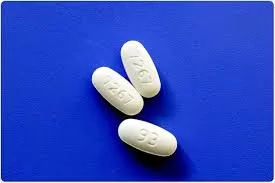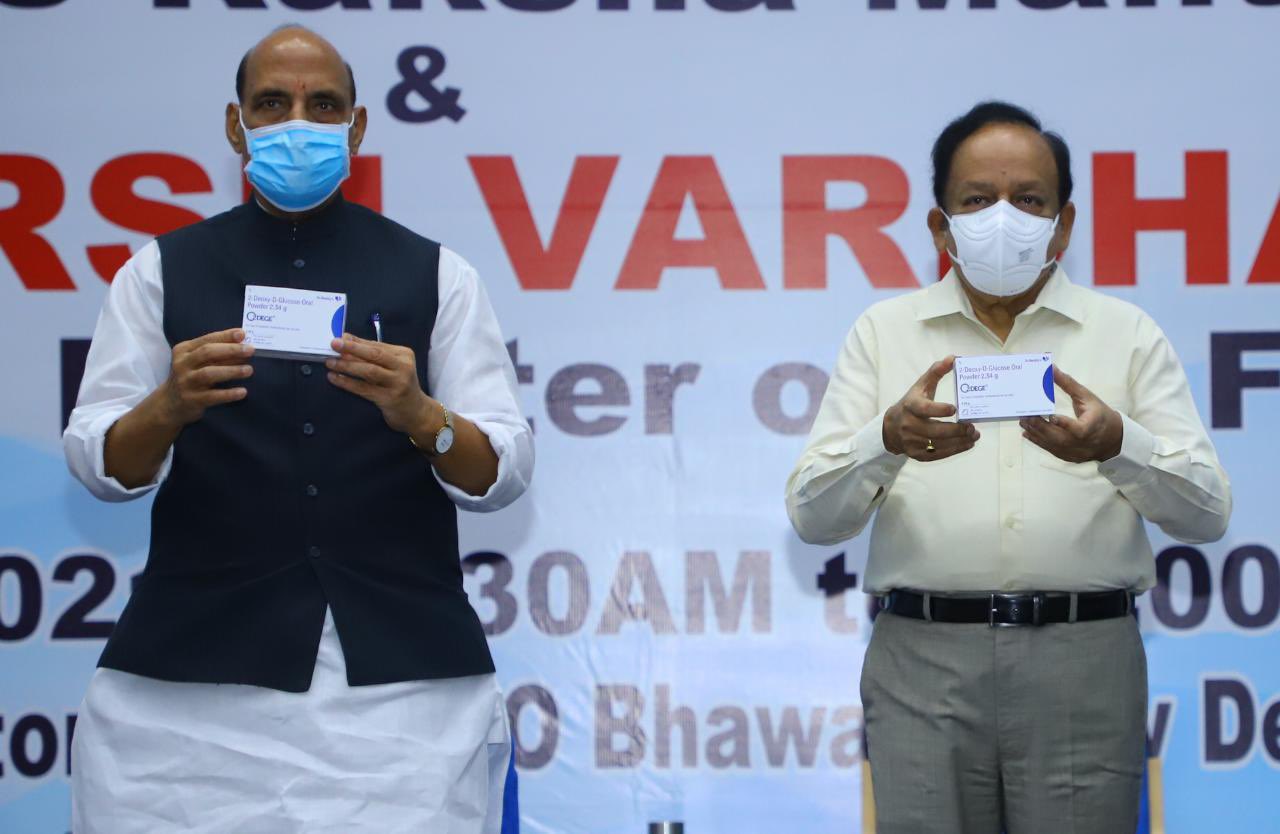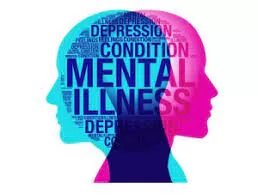A new UCLA-led study has revealed a dramatic increase in the prescription of ivermectin and hydroxychloroquine during the COVID-19 pandemic, despite strong evidence disproving their effectiveness for treating the virus. The research, published in the journal Health Affairs, highlights the widespread use of these medications in outpatient settings across the United States, raising concerns about misinformation and healthcare spending.
A Surge in Prescriptions
According to the study, nearly three million COVID-related prescriptions were issued between January 30, 2020, and June 30, 2023. This resulted in an estimated $272 million in spending. The research found that ivermectin prescriptions peaked at over ten times pre-pandemic levels, while hydroxychloroquine use reached a high of 133% above pre-pandemic rates in March 2020.
Notably, prescription rates were three times higher among adults aged 65 and older compared to younger adults. Additionally, the study found that ivermectin use was significantly higher in socially vulnerable neighborhoods, with the Southern United States seeing particularly high rates of prescription.
Policy Implications and Misinformation
The study’s authors emphasize the need for policy reforms to counteract misinformation and restore trust in scientific institutions. Dr. John Mafi, the study’s senior author and an associate professor at UCLA, stated, “Our findings underscore the urgent need for policy reforms to combat misinformation and mistrust in scientific institutions. Eliminating undue industry influence in government, enhancing transparency around scientific uncertainty, and earmarking public funding for clinical trials of new drugs are good places to start.”
Key Findings
- Nearly three million COVID-related prescriptions for hydroxychloroquine and ivermectin were issued, totaling $272 million in spending.
- Hydroxychloroquine use peaked in March 2020 at 133% of pre-pandemic levels.
- Ivermectin prescriptions surged throughout 2020 and 2021, peaking at more than ten times pre-pandemic rates in August 2021.
- After FDA-authorized COVID-19 treatments became available, ivermectin and hydroxychloroquine use dropped by 93% from March 1, 2022, to June 30, 2023.
- $18 million was spent on these medications after March 2022, when effective alternatives were widely accessible.
Study Limitations
While the findings provide valuable insights, the researchers acknowledge certain limitations. The study used insurance claims from the Milliman MedInsight Emerging Experience Research Database, which represents a “convenience sample” rather than a random selection of the U.S. population. Additionally, the research did not account for prescriptions obtained without insurance or over the counter, potentially underestimating the total use of these medications.
Call for Equitable Healthcare Practices
Dr. Michelle Rockwell, the study’s lead author from Virginia Tech Carilion School of Medicine, stressed the broader implications of these findings. “This utilization represents wasteful spending and potentially avoidable harm. Our findings highlight the complex drivers of non-evidence-based care, particularly in a time of uncertainty and distress. Multilevel efforts to enhance equitable, high-value care while minimizing non-evidence-based care are needed.”
Conclusion
The study underscores the challenges in medical decision-making during a global health crisis and the importance of evidence-based treatments. As policymakers and healthcare professionals look toward future health emergencies, ensuring the public has access to accurate medical information and effective treatments remains a critical priority.
Disclaimer: This article is based on research published in Health Affairs. It does not constitute medical advice. Individuals should consult healthcare professionals regarding any medical concerns or treatments.












